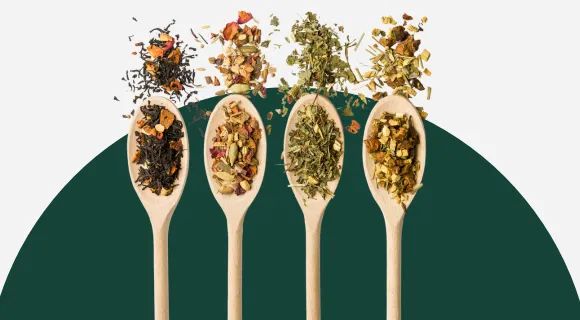Introduction:
Spices have been an integral part of human history for thousands of years, adding flavor, aroma, and color to cuisines around the world. From the exotic blends of the East to the robust flavors of the West, spices have captivated the senses and enriched culinary traditions. As nature’s gifts, spices are derived from various parts of plants, including seeds, bark, roots, and fruits, each offering a unique sensory experience. Join us on a journey to explore the fascinating world of spices, where ancient wisdom meets modern culinary innovation.
History Of Spices:
Spices have a captivating history that spans millennia, originating in ancient civilizations and shaping the course of human interaction. From the earliest records of spice use by ancient Egyptians and Greeks to the spice trade routes that crisscrossed continents, spices have been prized for their culinary, medicinal, and cultural significance. The Age of Exploration propelled European voyagers to distant lands in search of coveted spices, leading to the discovery of new territories and the establishment of colonial empires. The spice trade monopolies of the Portuguese, Dutch, and British further underscored the economic and geopolitical importance of spices, while also fueling global exploration and cultural exchange. Today, spices continue to enchant palates worldwide, adding depth and character to dishes across diverse culinary traditions, while also preserving the legacy of centuries of human ingenuity and adventure.
Types Of Spices:
Spices come in a diverse array of forms, each offering its unique flavor profile and culinary versatility. Here are some common types of spices categorized by their botanical origins:
Herbs: Herbs are the leafy parts of plants and are often used fresh or dried. Examples include basil, cilantro, parsley, and mint. Herbs impart vibrant flavors and aromatic notes to dishes, enhancing both savory and sweet creations.
Seeds: Seeds are the reproductive parts of plants and are prized for their concentrated flavors and textures. Common seed spices include cumin, mustard, fennel, and coriander. These spices add depth and complexity to dishes, whether toasted whole or ground into powders.
Roots: Roots are underground plant parts prized for their intense flavors and medicinal properties. Ginger, turmeric, and garlic are examples of root spices widely used in cuisines around the world. Roots can be grated, minced, or sliced to add warmth and depth to dishes.
Bark: Bark spices are derived from the bark of trees and are valued for their aromatic qualities and earthy flavors. Cinnamon and cassia are two prominent examples of bark spices used in both sweet and savory dishes. Ground cinnamon adds warmth and sweetness to baked goods, while cassia lends depth to savory stews and curries.
Pods: Pod spices are the dried fruit capsules of certain plants and are prized for their distinctive flavors and aromas. Cardamom, vanilla, and black peppercorns are examples of pod spices used in cooking and baking. Cardamom pods add a floral, citrusy note to dishes, while vanilla pods impart a rich, sweet flavor.
Health Benefits of Spices:
Spices not only enhance the flavor and aroma of dishes but also offer numerous health benefits due to their rich array of phytochemicals, antioxidants, vitamins, and minerals. Here are some of the health benefits associated with consuming spices:
Anti-inflammatory Properties: Many spices, such as turmeric, ginger, and cinnamon, possess powerful anti-inflammatory properties that help reduce inflammation in the body. Chronic inflammation is linked to various health conditions, including arthritis, heart disease, and certain cancers.
Antioxidant Activity: Spices are rich in antioxidants, compounds that help neutralize harmful free radicals and protect cells from oxidative damage. Antioxidants play a crucial role in maintaining overall health and reducing the risk of chronic diseases.
Digestive Health: Certain spices, such as ginger, fennel, and peppermint, have been traditionally used to support digestive health. These spices can help alleviate symptoms of indigestion, bloating, and nausea, and promote overall digestive function.
Blood Sugar Regulation: Some spices, including cinnamon and fenugreek, may help regulate blood sugar levels and improve insulin sensitivity. These spices can be beneficial for individuals with diabetes or those at risk of developing the condition.
Immune System Support: Many spices, such as garlic, oregano, and turmeric, possess antimicrobial and immune-boosting properties that help strengthen the body’s natural defenses against infections and illnesses.
Heart Health: Certain spices, such as cayenne pepper, garlic, and cinnamon, have been shown to support heart health by lowering cholesterol levels, improving blood circulation, and reducing the risk of blood clots and heart disease.
Brain Health: Some spices, including turmeric and cinnamon, may have neuroprotective effects and help preserve cognitive function as we age. These spices may help reduce the risk of neurodegenerative diseases such as Alzheimer’s and Parkinson’s disease.
Weight Management: Spices like cayenne pepper and black pepper contain compounds that may boost metabolism and promote fat burning, aiding in weight management and appetite control.






